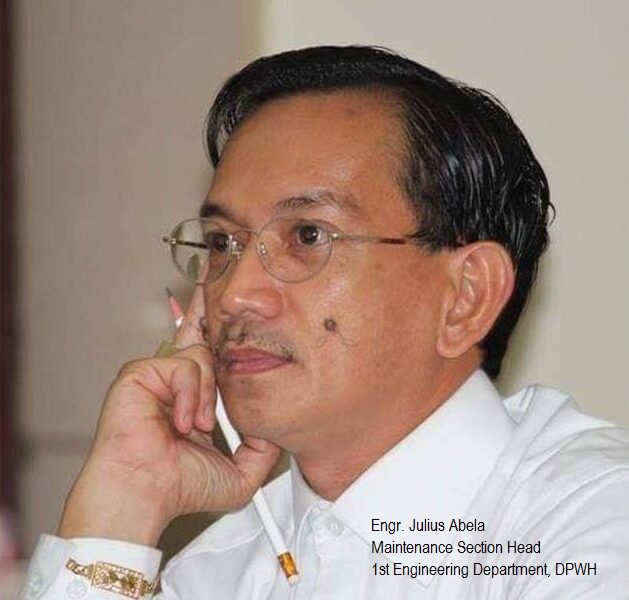
During the rainy season, most areas are flooded in Capiz because 90 percent of the drainage system is said to have been converted to septic tanks by the residents.
According to Engr. Julius Abela, Maintenance Section Head of the Department Of Public Works and Highways (DPWH) 1st Engineering District in Capiz, most of the drainage systems constructed by DPWH are blocked due to their conversion to septic tanks, therefore, water cannot continuously flow, resulting to floods.
Other causes of floods were illegal construction of structures along the rivers and waterways, trees that hamper the flow of water, inclusion of rivers and creeks in developing subdivisions, installation of fishing gear or conversion of rivers and waterways to fishponds, voluminous garbage, and fast siltation of rivers due to rapid population growth along the river.
Giving a solution to this is not only the job of one agency, this is a collective effort of LGUs, from the barangays to the municipal/city officials and other concerned agencies, Abela said.
To mitigate flooding, Abela pushed for the siltation of rivers to be dredged.
DPWH provides the dredging machine and operator, but the LGU will provide the gasoline, he added.
Another solution is clearing the waterways by cutting the full-grown trees and nipa, maintain the clearance of the drainage system from garbage.
The catchment basin of water from Tapaz is at Pontevedra and Panay areas, passing the Panay River and exiting to Roxas City. However, the lower Panay River is already closed due to siltation and the planting of trees.
The perennial problem in Capiz is flooding during the rainy season and no water during the summer, Abela said, adding this is the effect of climate change arising from man-made obstructions and the weather condition.
Abela suggested that LGUs should clear the floodway before the rainy season for easy flow of water and avoid flooding.
The barangays must also reactivate all councils and committees and do their jobs, as well as revive the Task Force on Environment Protection.
Abela, likewise, challenged the barangay officials and LGUs on the rigid implementation of their environmental programs as well as involvement of the public.*






